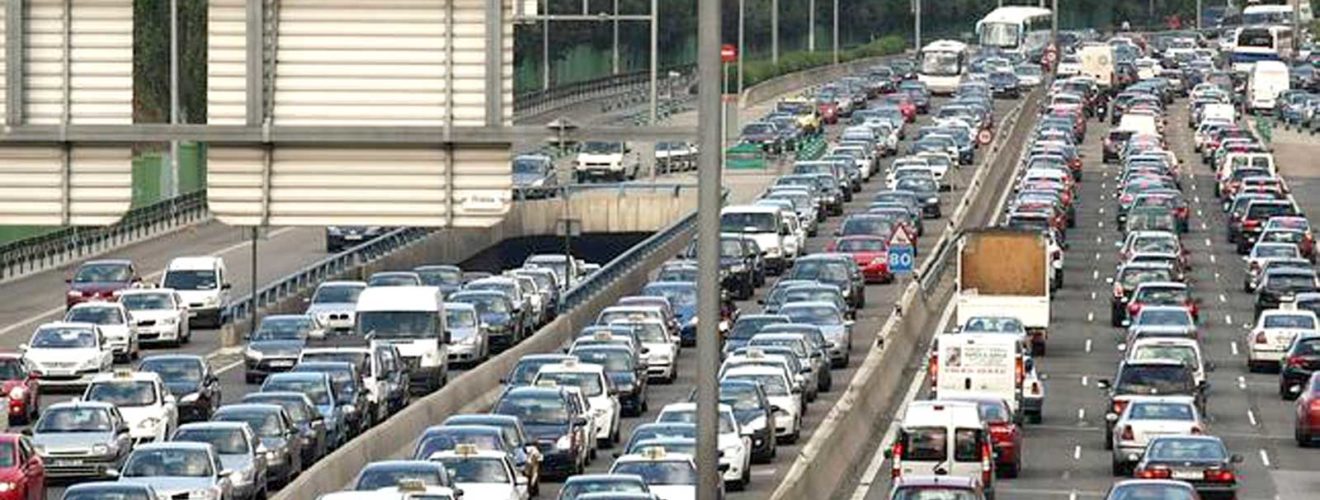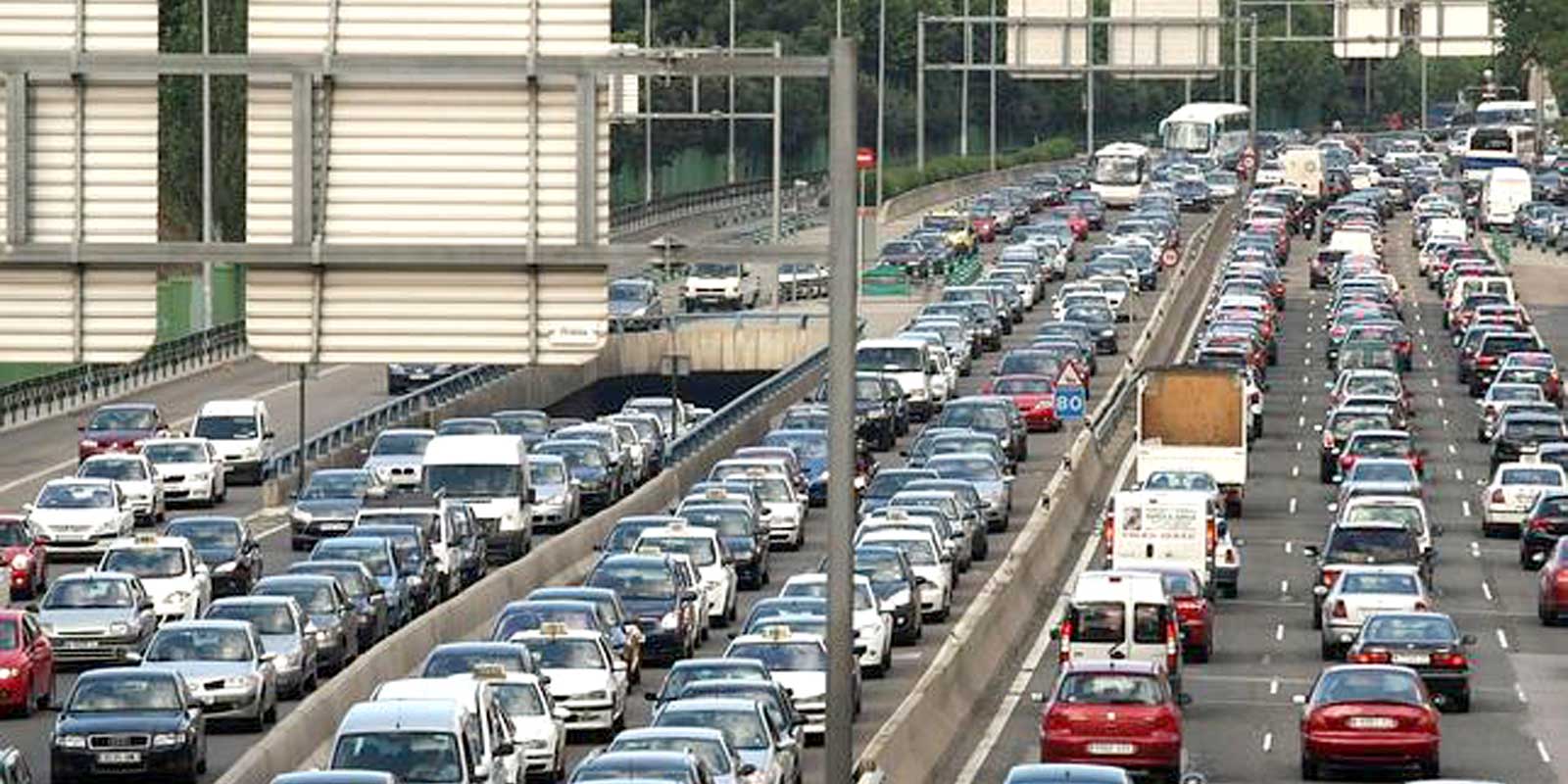10 Effective Ways to Reduce Urban Traffic and Improve Sustainable Mobility

10 Effective Ways to Reduce Urban Traffic and Improve City Mobility 🚦
Urban traffic has become one of the biggest challenges for local governments.
For decades, the solution was to widen roads and build new highways — but these conventional strategies no longer work.
It’s time to adopt new, sustainable approaches that fit the needs of 21st-century cities.
 |
| Traffic jams at the entrances of large cities |
🚲 10 Urban Strategies to Reduce Traffic
Below are ten effective policies that can help reduce congestion and improve mobility in our cities:
1️⃣ Promote public transport.
This is the most effective and long-term solution to reduce private car density:
– Public transport moves far more people in the same space.
– Well-planned routes optimize road use and reduce congestion.
👉 Cities with compact design and efficient transport systems experience fewer traffic jams.
2️⃣ Encourage cycling. 🚴
Cycling reduces dependence on private vehicles, improves health, and lowers emissions. It can also be combined with small electric vehicles or scooters for greater flexibility.
3️⃣ Adopt efficient urban vehicles.
Compact electric cars designed for short trips take up less space and help reduce noise and air pollution.
4️⃣ Restrict vehicle access to city centers.
Although sometimes unpopular, limiting access to certain zones is effective in improving air quality and promoting pedestrian and cycling mobility.
5️⃣ Promote the use of motorcycles and scooters.
They occupy less space and are ideal for medium or long commutes, especially in areas not well connected by public transport.
6️⃣ Carpooling. 🚗🤝
Sharing rides helps reduce the number of vehicles on the road. Digital apps have made it easier than ever to organize and coordinate shared trips efficiently.
7️⃣ Implement car-sharing systems.
Hourly car rental services within cities offer flexibility, reduce ownership needs, and improve overall traffic management.
🏙️ Long-Term Urban Planning Measures
Beyond short-term fixes, city planning strategies are essential for achieving sustainable mobility:
8️⃣ Diversify land use.
Avoid rigid zoning that separates residential, industrial, and commercial areas. Mixed-use neighborhoods create balanced mobility and shorter daily commutes.
9️⃣ Avoid large single-use developments.
Dormitory towns and large shopping centers create predictable, intense traffic peaks. Encouraging diverse neighborhoods helps distribute travel more evenly.
🔟 Promote human-scale urban life. 🏘️
When people can work, shop, and enjoy leisure near home, they drive less. Cities that encourage proximity and walkability become more livable and sustainable.
🌍 Conclusion
Reducing urban traffic requires a global perspective and policies that prioritize the collective good over individual convenience.
Combining efficient public transport, sustainable mobility, and thoughtful urban planning is the key to cleaner, healthier, and more human cities.
Read more about sustainable mobility on Vilssa or learn more on Wikipedia: Traffic congestion.

















